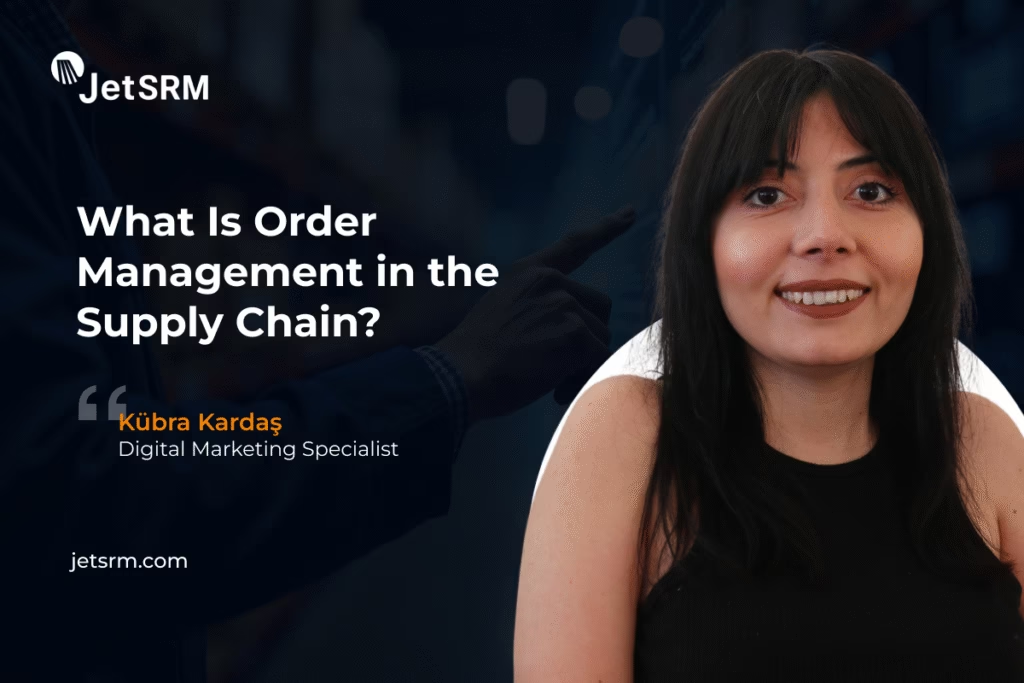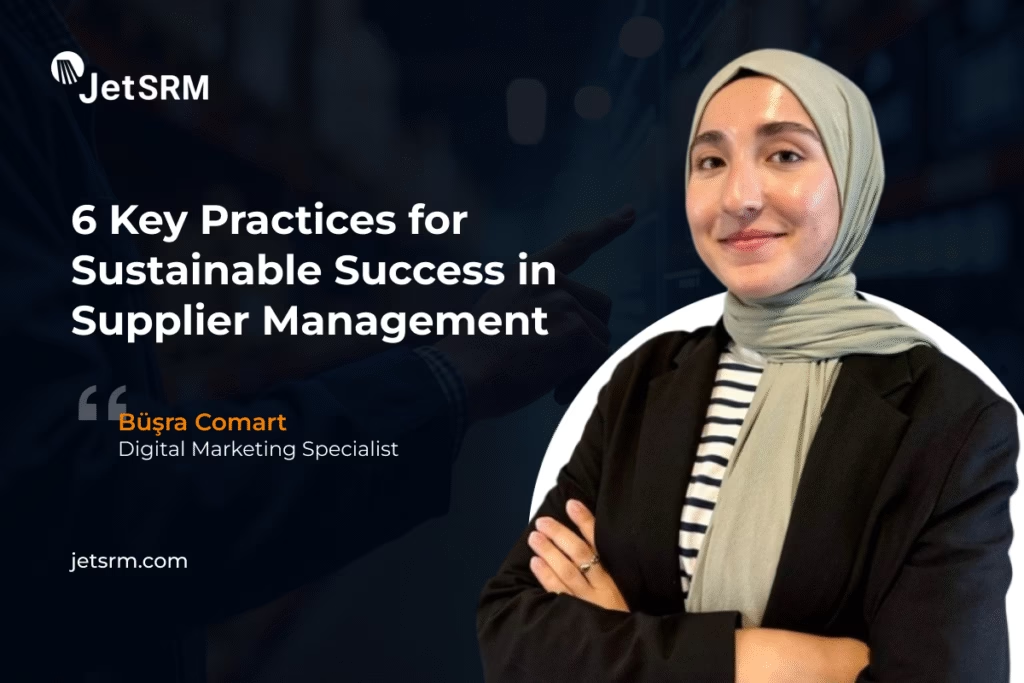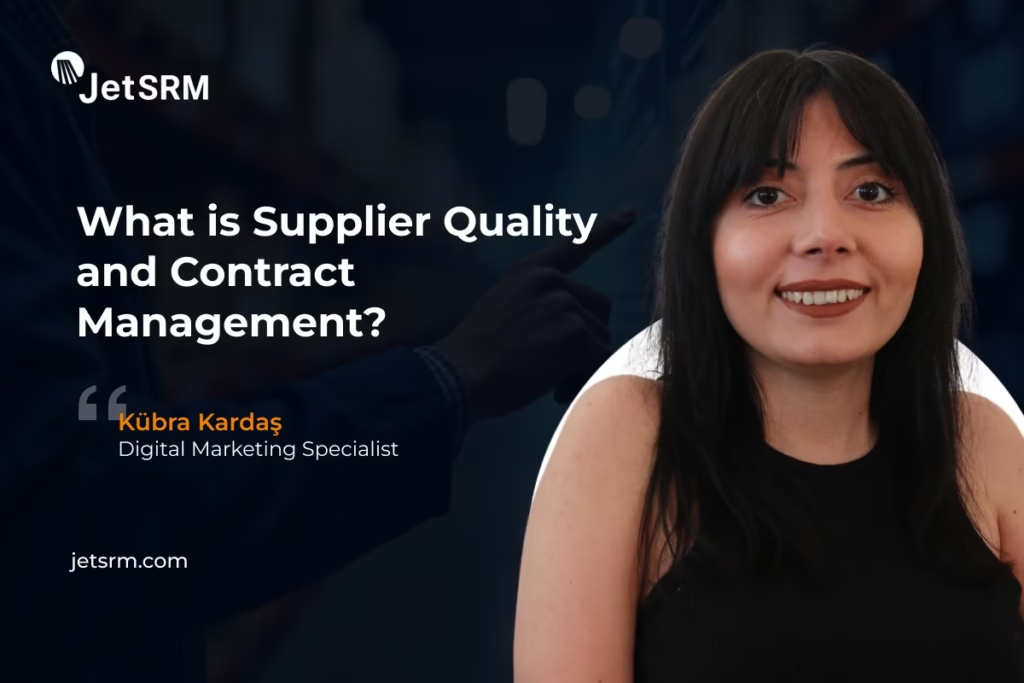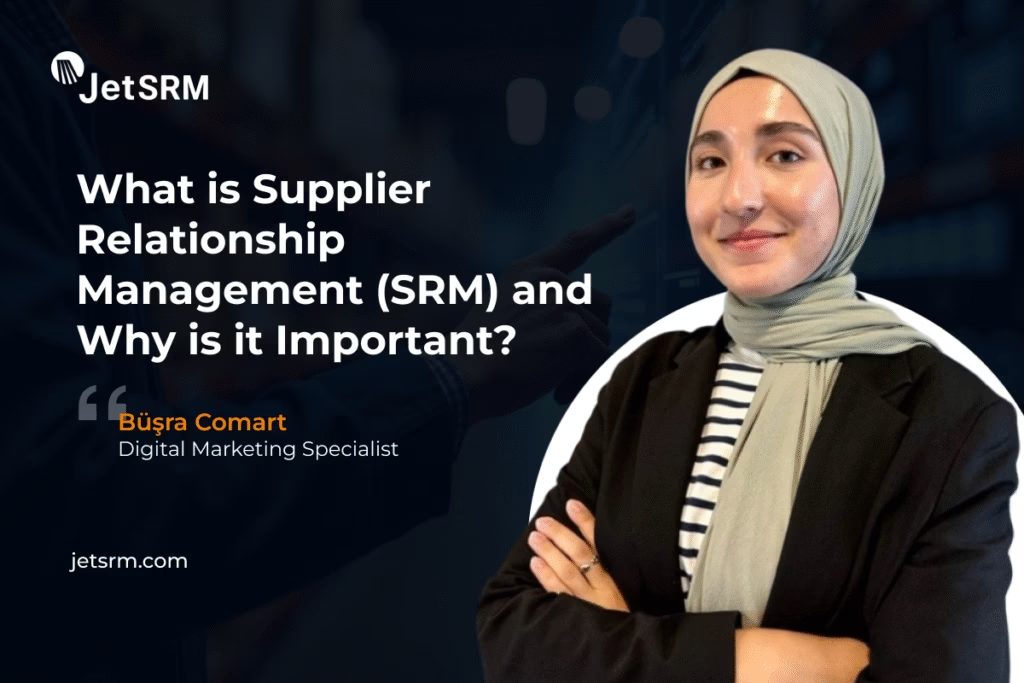As much as choosing suppliers correctly, managing them effectively directly affects the success of the business. Establishing a strong, sustainable and efficient supplier relationship is not only an operational process but also a strategic advantage in the business world. Establishing strong and sustainable relationships with the right suppliers ensures business continuity while optimising costs. So what steps should be taken to build a strong, sustainable and efficient supplier relationship?
Achieve Strategic Alignment with Suppliers
Making a difference in supply management is one of the most fundamental ways to stand out in an intensely competitive market. For this reason, it is essential to start with a supplier that is in line with the company’s objectives.
It is the strong and right supplier relationships that will support the achievement of the company’s main goals, such as growth, cost optimisation, sustainability, etc. Building the right relationships with the right suppliers not only fulfils immediate needs, but also acts as an important key to achieving the company’s long-term goals.
Choose the Right Supplier and Stay in Touch
Success in supplier management starts with choosing the right supplier and continues with establishing a sustainable co-operation through effective communication.
The basis of supplier management is to correctly identify the most suitable supplier for the needs of your business. For this reason, the process is not only price-orientated, but also criteria such as quality, order management, delivery time, financial stability and sustainability should be evaluated. By determining the selection criteria, reliable suppliers suitable for long-term cooperation should be included in the portfolio.
After the right selection, it is very important to establish a continuous and open communication for the sustainability of the relationship. Regular feedback, mutual clarification of expectations, early detection of potential problems and periodic performance evaluations make the relationship with the supplier more efficient.
The right supplier and the right communication in the supplier management process means a strong supply chain.
Clarify Expectations: Sign SLA
If a productive and sustainable relationship with a supplier is desired, the first step is clarity.
When making an agreement with a supplier, it is necessary to sign a service level agreement (SLA) that defines the duties and responsibilities of both the company and the supplier. With this agreement, a clear picture is created on many issues such as the quality of the product or service that the supplier will offer to the company, delivery times, performance criteria. And mutual expectations are clarified.
If expectations are not clarified and a common ground is not prepared, problems are inevitable.
Include the Supplier in the System Smoothly
In order to ensure that the suppliers can best adapt to the expectations and processes, an onboarding process should be carried out to inform them in the most transparent way.
Starting to work with a new supplier actually starts after the contract is signed. In other words, the onboarding process is where the real partnership begins. The supplier’s ability to act in accordance with the expectations, operation and target is formed by being clearly informed during the onboarding process. This is why a comprehensive and clear placement process clarifies mutual responsibilities.
Manage Your Suppliers from a Single Point
Self-service supplier portals centralise the entire process, making it easier for suppliers and reducing the burden of company management.
Managing suppliers, especially in growing businesses, becomes complicated over time, becomes disorganised and becomes both slow and inefficient. At this point, this process should be simplified by digitalising and switching to a structure where the control is in the company from a single centre with self-service supplier portals.
Through these portals, documents can be uploaded, order processes, deliveries can be tracked, invoices can be collected in a single centre or suppliers can contact the company directly. Thanks to this centralised structure, the performance of the suppliers can be compared and the ones with low performance can be identified.
Moreover, you do not need giant software projects or long integration processes for this solution. JetSRM is a supplier portal that provides speed, control and flexibility to businesses by digitalising supplier processes end-to-end. Thanks to its quick installation and user-friendly interface, both companies and suppliers can easily adapt to the system.
Monitor Performance
Effective supplier management is possible not only by establishing the structure, but also by continuously evaluating and developing relationships. To support the success of suppliers, transparent, clear objectives should be set for them and their performance should be regularly monitored with appropriate KPIs.
These indicators not only identify shortcomings, but also open up potential opportunities for improvement. Performance data both prevents disruptions in daily operation and provides a data-based negotiation basis during contract renewal periods. The aim here is to support the supplier, increase compliance and strengthen the business partnership.












